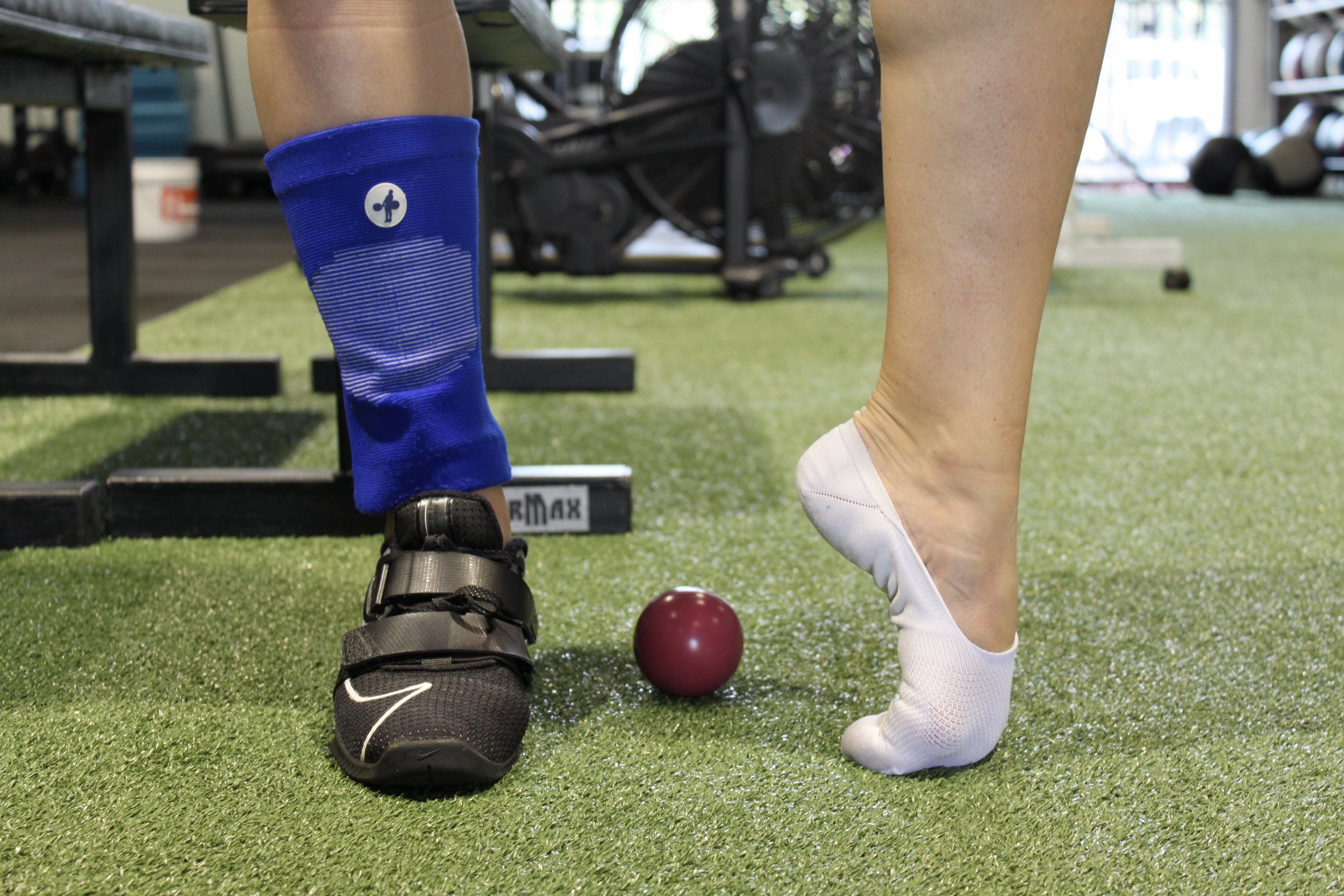Ageing is inevitable, pain is not
It is common that many of the patients and clients I have come across over the years ascribe to the idea that getting older means dealing with pain. Part of the onset of pain does have to do with age and the reduced elasticity in our tissues as well as normal declines in strength. Both of these previous two topics can be offset in terms of timing (when - later) and intensity (how much will it affect me - less). If normal age related changes to tissues are not addressed, ie. not making the time to take care of it when it happens, small incremental changes build up until the body perceives pain and one consequence may be reduced range of motion.
A few different, and related, things can happen in the body when we have pain around a joint (we are not going to include discussion on herniated discs here):
First, there may be a joint issue. This could be damage within the joint such as a labral, meniscus, or ligamentous tear, as well as potential for joint degradation.
If the joint appears healthy on imaging, then the pain could be the result of poor muscular mechanics. Reasons for poor muscular mechanics can vary. This could be a tendonopathy in which case there may be fluid or inflammation around a tendon (tendons connect muscle to bone), or the potential for a minor to a major tear in the muscle or the fascia. There are tests that can be performed in clinic to figure out if it is likely tendon or muscular involvement, but the best answers are achieved from imaging (Ultrasound, MRI).
If both bone and muscle are clear, we have another option for the pain.
Fascia is the overlapping fibrous tissue structure that envelopes, runs through, and has multiple layers in our body. It allows muscles to contract, provides our body with structural integrity, offers support to the nervous, lymphatic, and cardiovascular systems, and requires good nutrition in order to function well.
Let’s bring back the idea of mechanics of movement. Our muscles and joints create pulley systems in our bodies which allows us to move. Changes in the amount of tension or force around a joint by a muscle, either greater or less, will have an influence on how other muscles around the same joint respond. With chronic changes to pulling or straining, fascia tissue becomes overworked, tight, and eventually signals pain to the brain.
As we age, our fascia changes. Changing hormone levels can result in our bodies laying down a type of collagen that is stiffer than the original make up in our previously supple fascia. This can happen after a injury (scar tissue), or overtime as we place daily tensions on our bodies.
Have you heard someone who is older than you say “those injuries will come back to haunt you”? Postural habits, old injuries, daily choices, all lay the foundation of the body we live in and how we feel.
Before this blog runs off on a tangent, I am going to offer one thing you can do on a daily basis to help your tissue immediately, no matter your age.
Roll the bottom of your feet with a ball.
The benefits of rolling your foot on a ball are immense. The fascia lines that run throughout our bodies and keep us upright start at the feet.
CLICK HERE for a link to a video I have prepared and shared with many clients, friends and family members.
You can use any shape ball, I find the smaller the better. Start with a tennis ball as it is larger and softer and progress to a smaller ball as able. You do not necessarily need to use something hard like a lacrosse ball or golf ball, but can if you like. Be careful not to place too much pressure as this can affect the joints of your foot. If you don’t roll your feet out often, I suggest starting with a few minutes on each foot. Do what feels good!
In wellness and health,
Tiana
